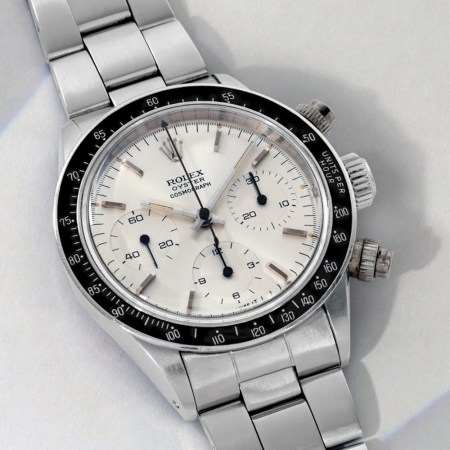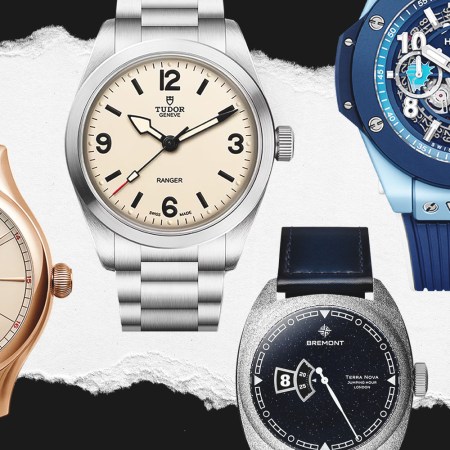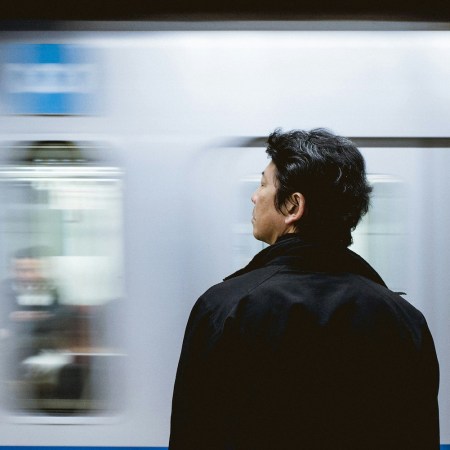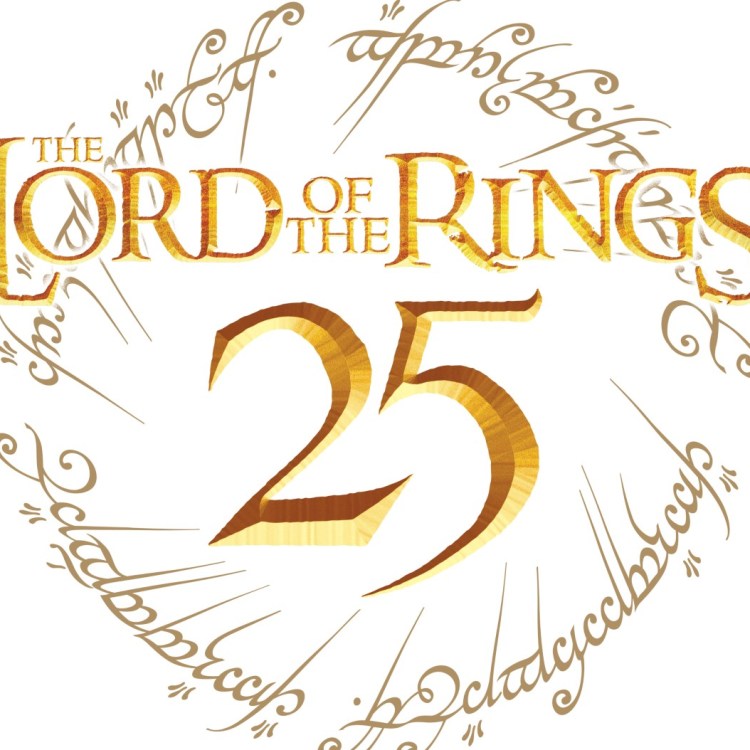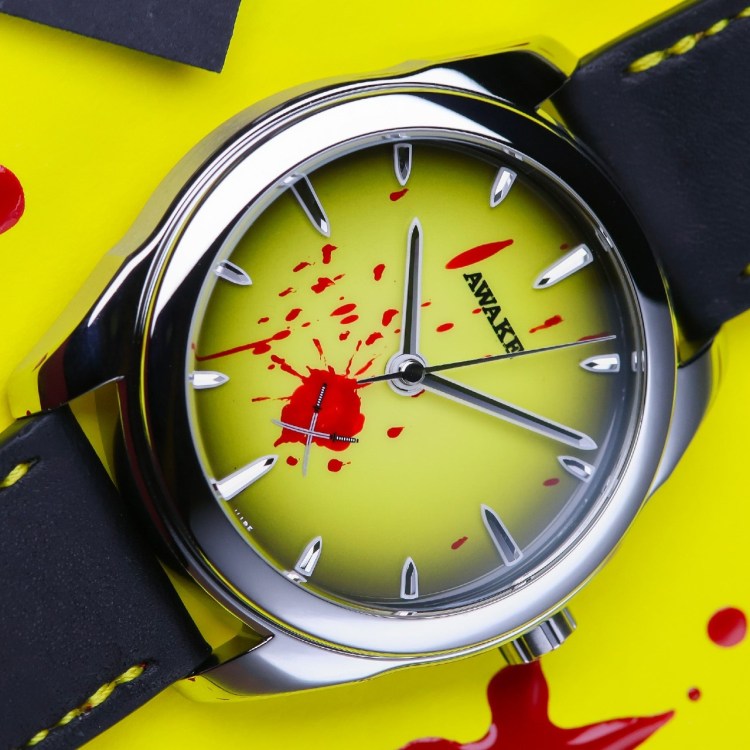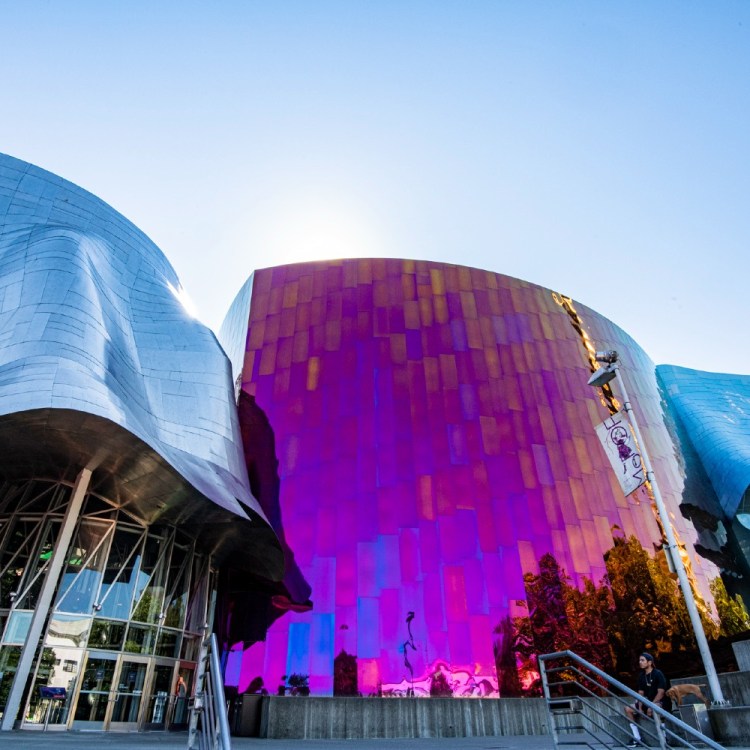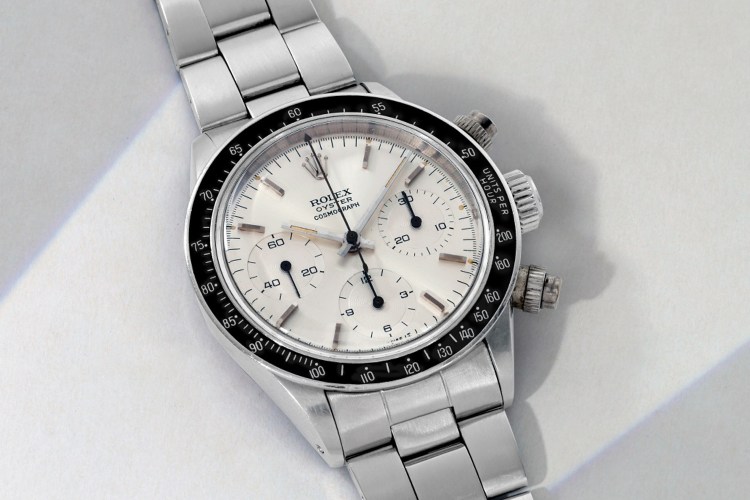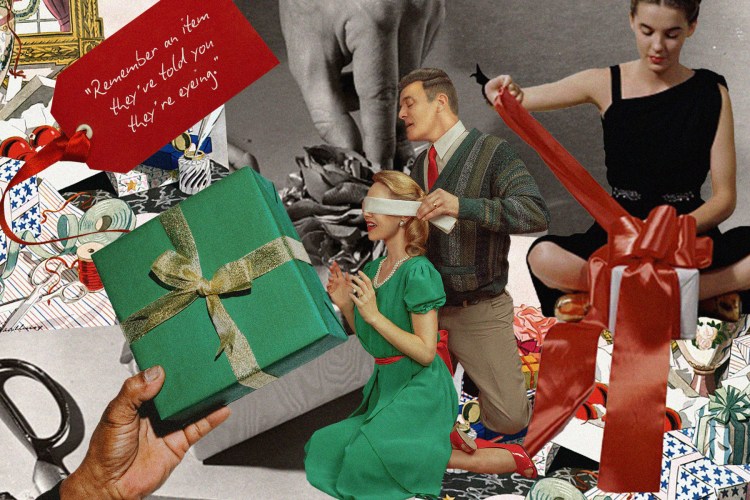Joe Rosenthal’s photo of Americans raising the flag on Mount Suribachi during the Battle of Iwo Jima is arguably one of the most iconic images of World War II. A new article in Business Insider explores the greater context of the battle it documents — one that matched more than 100,000 US soldiers against more than 20,000 Japanese soldiers, dug into defensive positions. Despite the Americans’ numeric advantage, the Japanese made things difficult for the US troops by evacuating the surface of the island, burning vegetation behind which Americans could potentially hide, and retreating into a complex system of tunnels and bunkers.
The taking of Mount Suribachi, the site of Rosenthal’s photo, actually happened in the first week of what turned out to be a six-week battle. In fact, the flag raised in the Rosenthal photo was the second American flag planted in that spot. Secretary of the Navy James Forrestal actually claimed the original, smaller flag as a souvenir.
Thanks for reading InsideHook. Sign up for our daily newsletter and be in the know.






